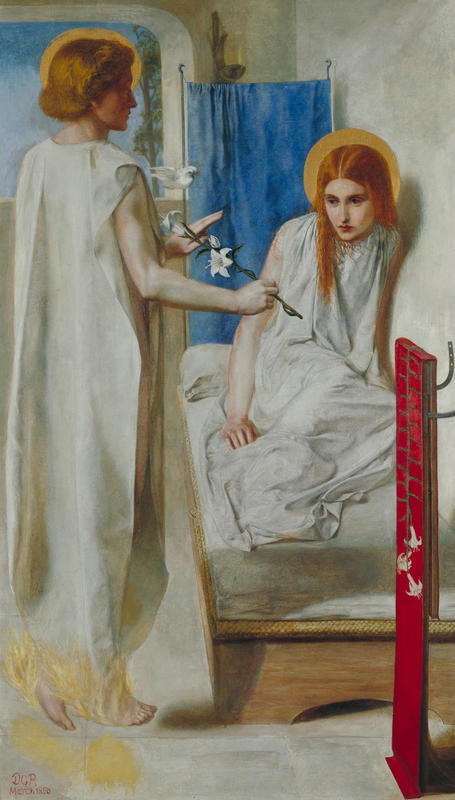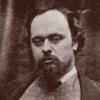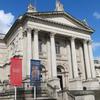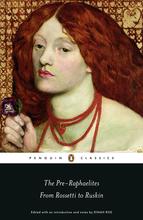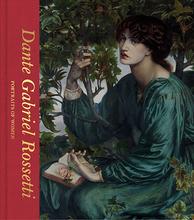More about Ecce Ancilla Domini
- All
- Info
- Shop

Contributor
Ecce Ancilla Domini (meaning ‘Behold the handmaid of the Lord’) by Dante Gabriel Rossetti is the first painting to ever depict honestly what it must have felt like for Mary to get the news that she was going to bear the Son of God.
By the look on her face, Mary has minimal enthusiasm about carrying the Son of God in her womb for nine months. In her head she is thinking “F*ck. God could have at least taken me out to dinner first and, I don’t know, asked me if I wanted to have his baby! One last supper before my entire life is turned upside down would have been nice. Geez.” This scene is not like other Annunciations in which Mary is found praying when the Angel Gabriel shares the news and she acts all chill about it. No, this Mary is still in bed, disheveled and perhaps even a little annoyed that this angel pointing a lily at her who-ha. As if she didn’t already know where the baby is going to come from. The nerve. Mary is so shook that she isn’t even noticing the presence of the tiny haloed holy spirit bird welcoming the good news.
This painting is made up almost entirely of four colors. White, to signal purity. And then the primary colors: blue, which is normally associated with the Virgin Mary, red, symbolizing the blood of Christ, and yellow/gold for holiness. I thought this was pretty cool but no one else in the 1850s did. They didn’t like the fact that the Angel Gabriel sported feet on fire that make him float instead of wings. They thought it looked freaky. John Everett Millais and William Holman Hunt both offered to fix it for him because they knew it would be highly criticized, but Rossetti refused. Hunt and Millais were right though. One critic for the Athenaeum called the painting "a work evidently thrust by the artist into the eye of the spectator more with the presumption of a teacher than in the modesty of a hopeful and true aspiration after excellence.” Rossetti took this super hard and decided that he would never show the work publicly again. He still secretly worked on this painting until 1853, when he finally found it a good home with Francis McCracken, a Pre-Raphaelite Brotherhood supporter, for £50. I guess people who were going to buy religious art were more inclined to buy a piece in which Mary looks happy about her approaching motherhood, not totally and completely freaked out.
Sources
- "'Ecce Ancilla Domini!', Dante Gabriel Rossetti - Walker Art Gallery, Liverpool Museums." Accessed September 27, 2018. http://www.liverpoolmuseums.org.uk/walker/exhibitions/rossetti/works/ea…
- Fowle, Frances. "‘Ecce Ancilla Domini! (The Annunciation)’, Dante Gabriel Rossetti, 1849-50 | Tate." Tate. 2018. Accessed September 27, 2018. https://www.tate.org.uk/art/artworks/rossetti-ecce-ancilla-domini-the-a…
- Pollitt, Ben. "Rossetti, Ecce Ancilla Domini." Khan Academy. Accessed September 27, 2018. https://www.khanacademy.org/humanities/becoming-modern/victorian-art-ar…
Featured Content
Here is what Wikipedia says about Ecce Ancilla Domini
Ecce Ancilla Domini (Latin: "Behold the handmaiden of the Lord"), or The Annunciation, is an oil painting by the English artist Dante Gabriel Rossetti, first painted in 1850 and now in Tate Britain in London. The Latin title is a quotation from the Vulgate text of the first chapter of the Gospel of Saint Luke, describing the Annunciation, where Mary accepts the message brought to her by the Angel Gabriel that she would give birth to a child (Jesus) by God.
The title is more correctly Ecce Ancilla Domini!, but many sources ignore the exclamation mark.
Check out the full Wikipedia article about Ecce Ancilla Domini

